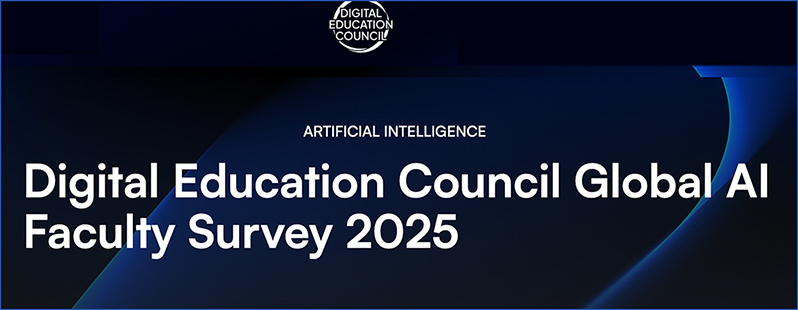DeepSeek: How China’s AI Breakthrough Could Revolutionize Educational Technology — from nickpotkalitsky.substack.com by Nick Potkalitsky
Can DeepSeek’s 90% efficiency boost make AI accessible to every school?
The most revolutionary aspect of DeepSeek for education isn’t just its cost—it’s the combination of open-source accessibility and local deployment capabilities. As Azeem Azhar notes, “R-1 is open-source. Anyone can download and run it on their own hardware. I have R1-8b (the second smallest model) running on my Mac Mini at home.”
…
Real-time Learning Enhancement
- AI tutoring networks that collaborate to optimize individual learning paths
- Immediate, multi-perspective feedback on student work
- Continuous assessment and curriculum adaptation
The question isn’t whether this technology will transform education—it’s how quickly institutions can adapt to a world where advanced AI capabilities are finally within reach of every classroom.
Over 100 AI Tools for Teachers — from educatorstechnology.com by Med Kharbach, PhD
I know through your feedback on my social media and blog posts that several of you have legitimate concerns about the impact of AI in education, especially those related to data privacy, academic dishonesty, AI dependence, loss of creativity and critical thinking, plagiarism, to mention a few. While these concerns are valid and deserve careful consideration, it’s also important to explore the potential benefits AI can bring when used thoughtfully.
Tools such as ChatGPT and Claude are like smart research assistants that are available 24/7 to support you with all kinds of tasks from drafting detailed lesson plans, creating differentiated materials, generating classroom activities, to summarizing and simplifying complex topics. Likewise, students can use them to enhance their learning by, for instance, brainstorming ideas for research projects, generating constructive feedback on assignments, practicing problem-solving in a guided way, and much more.
The point here is that AI is here to stay and expand, and we better learn how to use it thoughtfully and responsibly rather than avoid it out of fear or skepticism.
Beth’s posting links to:
- Digital Education Council Global AI Faculty Survey 2025 — from digitaleducationcouncil.com
From Theory to Practice: How Generative AI is Redefining Instructional Materials — from edtechinsiders.substack.com by Alex Sarlin
Top trends and insights from The Edtech Insiders Generative AI Map research process about how Generative AI is transforming Instructional Materials
As part of our updates to the Edtech Insiders Generative AI Map, we’re excited to release a new mini market map and article deep dive on Generative AI tools that are specifically designed for Instructional Materials use cases.
In our database, the Instructional Materials use case category encompasses tools that:
- Assist educators by streamlining lesson planning, curriculum development, and content customization
- Enable educators or students to transform materials into alternative formats, such as videos, podcasts, or other interactive media, in addition to leveraging gaming principles or immersive VR to enhance engagement
- Empower educators or students to transform text, video, slides or other source material into study aids like study guides, flashcards, practice tests, or graphic organizers
- Engage students through interactive lessons featuring historical figures, authors, or fictional characters
- Customize curriculum to individual needs or pedagogical approaches
- Empower educators or students to quickly create online learning assets and courses
On a somewhat-related note, also see:
- Tech & Learning Announces Winners of Best of 2024 — from techlearning.com by TL Editors
This annual award celebrates recognizing the best in EdTech from 2024










